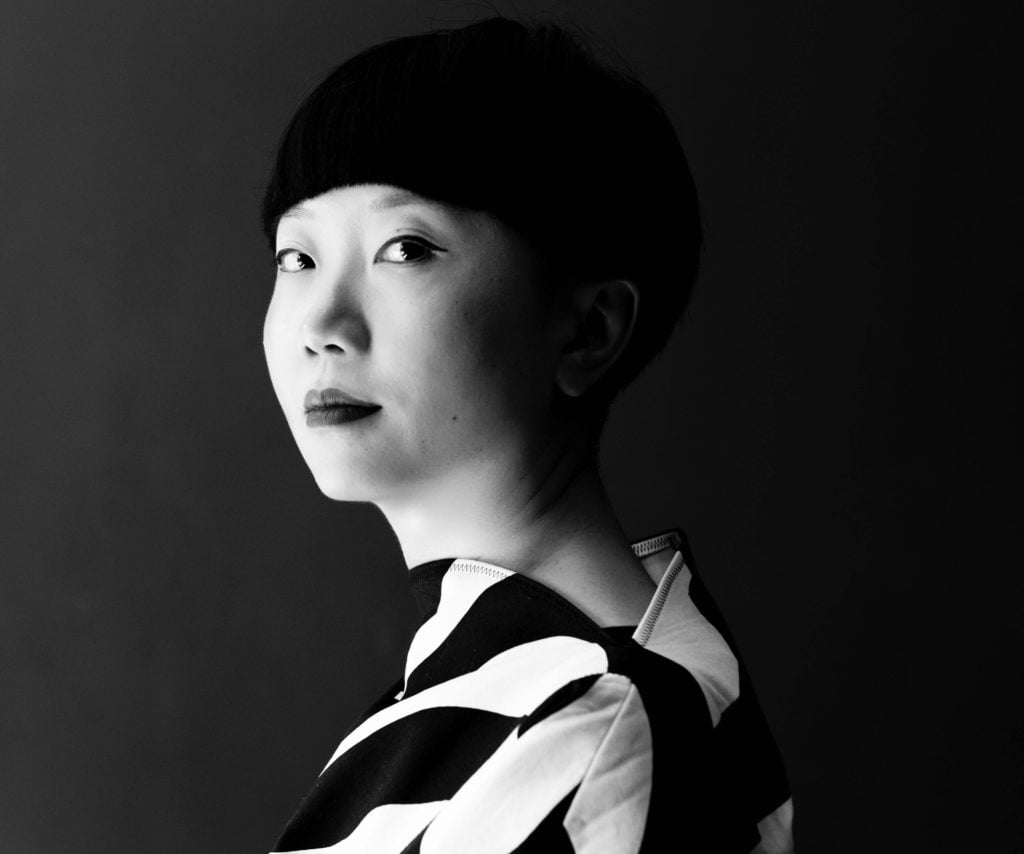People
Why Art Influencer JiaJia Fei Is Leaving the Museum World to Found the ‘First Digital Media Agency for Art’
“After more than a decade of working in museums as a problem solver, it was time to go out and find new problems to solve," says Fei.

“After more than a decade of working in museums as a problem solver, it was time to go out and find new problems to solve," says Fei.

Taylor Dafoe

Earlier this month, JiaJia Fei, the bowl-cutted social media maven behind the Jewish Museum’s various channels, announced that she was leaving her role at the institution to launch her own digital media agency.
“I accepted my role at the Jewish Museum knowing that my next step would be to start my own company,” Fei tells Artnet News, characterizing the gig as the “first case study in how creative approaches to technology as a design solution can be transformative and have a lasting impact on an organization.”
Now, she says, the time has come to put what she had learned to the test. “After more than a decade of working in museums as a problem solver, it was time to go out on my own to find new problems to solve,” she explains. (Fei will stay with the Jewish Museum as a consulting director of digital.)
Through her agency, which brands itself as the first of its kind in the art world, Fei will work with museums, galleries, and artists to broaden their audiences through tech. She calls it “cosmetic internet surgery.”
She’ll have no shortage of potential clients in need of nips and tucks. For a visually driven industry run by creatives, the art world is notoriously slow in its adoption of digital trends. (Even buying art online has been slow to catch on, and today, only the biggest galleries can afford to experiment with splashy online-only viewing rooms.) And like most things tech-related, the later you are to embrace innovation, the harder it is to catch up.
“A decade ago, the question was ‘should we be on social media?’ and now it’s ‘should we start a video or podcast series?’ Unless you are a mega gallery with massive in-house resources, where do you even begin?” says Fei. “There are very few digital agencies out there with the dual grasp of both art and technology, and therein lies the gap—and opportunity.”
Fei worked for six years in the Digital Marketing department of the Guggenheim prior to signing on to the Jewish Museum as its first director of digital in early 2016. By that time, she was well known throughout the art world for her social media savvy and unmistakable style, counting some 60,000 followers on Instagram.
Over the next four years, Fei helped transform the Jewish Museum, one of New York’s more traditional institutions, into an industry standard-bearer for all things digital. Among her accomplishments were modernizing the museum’s website UX, increasing its social media following by 1000 percent, and introducing a series of unique audio tours.
For her, where the art world tends to fail in is in thinking that its digital problems—and solutions—are similar to those of other industries.
“If you look at every other creative industry—from music to fashion or cinema—technology has played an unprecedented role in transforming how they do business,” says Fei, noting the impact of platforms like Spotify and Netflix on the worlds of music and film. “There is no singular equivalent for art. Art may be a commodity, but it is also experiential, social, and takes on many forms. There is no direct, code-based translation for this level of complexity. Perhaps we’ve been asking the wrong question all along.”